Nimblewill, or Muhlenbergia schreberi, is a type of grass native to Eastern North America. It is typically viewed as a weed or pest, and there is extensive literature on how to control or eradicate this "pest". As you may gather from my use of quotes, I am rather fond of this grass and want to help others develop an appreciation for it.
On this page, I will explain how and why there is no need to eliminate or work against this plant. Nimblewill can be an integral part of a healthy lawn, and provides many advantages over some of the non-native grasses typically favored in mainstream lawn mixes.


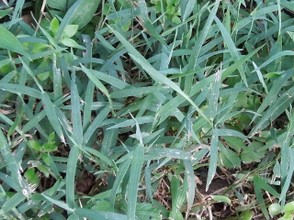
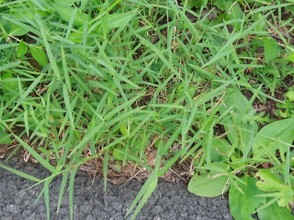

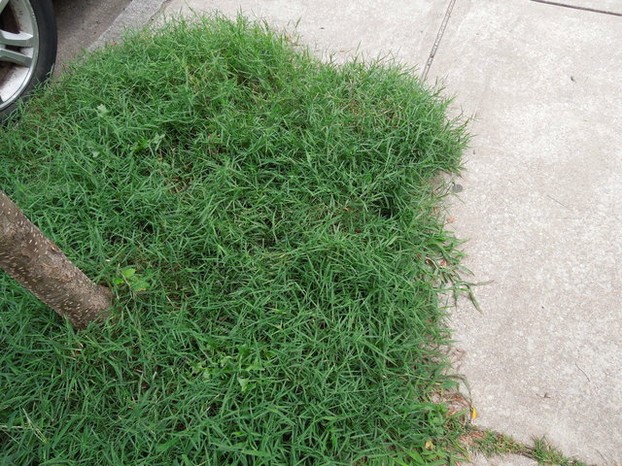



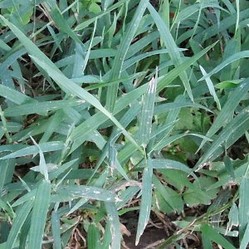

 The Shaming of Femininity and Elevation of Masculinityon 07/13/2017
The Shaming of Femininity and Elevation of Masculinityon 07/13/2017
 What is Genderqueer or Non-Binary Gender?on 10/16/2015
What is Genderqueer or Non-Binary Gender?on 10/16/2015
 Resources for Learning Spanish Free Onlineon 04/13/2016
Resources for Learning Spanish Free Onlineon 04/13/2016
 Ways Native Plants Can Help Control Invasive Plantson 05/26/2016
Ways Native Plants Can Help Control Invasive Plantson 05/26/2016

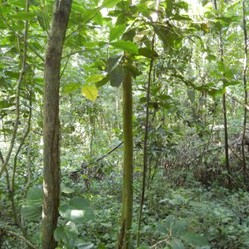
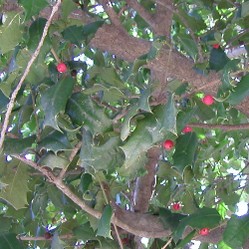
Comments
That's great to hear that it's working so well as a front yard grass!
There's an old study I saw that said that Nimblewill seeds germinate in the spring at higher rates if they have a period of cold dormancy, which is intuitive to me because most spring-sprouting seeds native to cold climates have this property...so I'd sow them in late fall, before the winter hits. You might want to try collecting the seed a little later, once the plant has totally died down (as the seed remains on the plant) since this plant's natural seed dispersal time is late fall and winter. I think the seeds aren't usually mature until October in most regions.
If you want to sow seeds in spring for practical reasons, you could store the seed in an unheated place so that they get the period of cold dormancy.
Thanks for this. I have been cultivating Nimblewill for years now and have a small front yard where it is dominant. It's beautiful and doesn't require much mowing. It's seeding now, so I am collecting seeds and spreading them to other shady areas. Should I be keeping the seeds for spring instead?
I totally agree. The idea of what is "perfect" or "attractive" in a lawn is totally subjective anyway. I personally think all the "weeds" make a lawn beautiful, because you get all sorts of pretty colors of blooming flowers, and the diversity of the different textures and leaf shapes. I find this beautiful, and I think that the chemically-treated monoculture lawns look sterile.
Sometimes people have legitimate need to manage turf for specific functions, like you don't want to be playing sports on a field that has a lot of slippery weeds growing on it, or golf courses might want certain textures of the grass in certain areas of the course, but I think an overwhelming majority of the ways in which people "manage" their lawns are totally unnecessary and damaging to the environment.
The typical American lawn in the typical suburban home just sits there and is never used for anything, so it's purely aesthetic.
HI cazort,
I think we need to move away from having the "perfect" lawn made possible by use of lots of toxic chemicals.